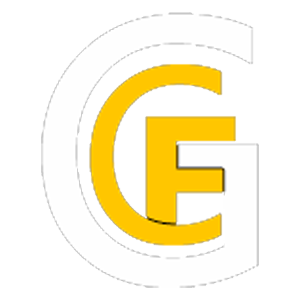Practical Tips for Using a Weight Belt in Your Training
Weightlifting belts can be a useful tool in your training—when used correctly. They’re not a magic fix or a substitute for strong core engagement, but they can help support your trunk and spine under heavy loads. Here are some practical tips for using a weight belt the right way.
1. Know When to Use It
Use a belt for maximal or near-maximal lifts like squats, deadlifts, or Olympic lifts—typically around 80–85% of your one-rep max and above. Don’t rely on a belt during warm-ups, lighter lifts, or workouts that involve higher reps and varied movements. Save it for the big lifts where you truly need added support.
2. Don’t Skip Core Work
A belt doesn’t replace your core strength—it reinforces it. Focus on building strong abs, obliques, and lower back through movements like planks, hollow holds, and loaded carries. The stronger your midline, the more effective (and less necessary) a belt becomes.
3. Wear It Properly
Position the belt just above your hip bones, so that it wraps around your lower back and abdomen. It should feel snug, but not so tight that you can’t take a deep breath into your belly. A rule of thumb is you should be able to fit one or two fingers between the belt and your torso. The goal is to create pressure by bracing your core against the belt.
4. Practice Bracing
Before lifting, take a deep breath into your belly (not your chest) and push out against the belt. This increases intra-abdominal pressure and helps stabilise your spine. It’s a skill—and like all skills, it needs practice. Practice this first while laying down with your hands on your belly, you should feel your hands lift with each breath and your lower back press into the floor. Next progress to standing aiming for the same feeling, lastly add a belt and practice breathing into 360 degrees of the belt, no just your abdomen but your sides and lower back too.
5. Don’t Overuse It
If you wear a belt for every lift, your body doesn’t get a chance to learn proper bracing and core activation. Use the belt strategically. Build the strength to lift without it, then use it as a tool—not a crutch—when the load or demand calls for it.
A weight belt can help you lift heavier, more safely—but only when used with good technique and strong core fundamentals. Use it as part of a smart training strategy, not a shortcut. If you’re unsure about when or how to use your belt, chat with one of our coaches, we’re here to help advise you.
James - CrossFit Gorey

